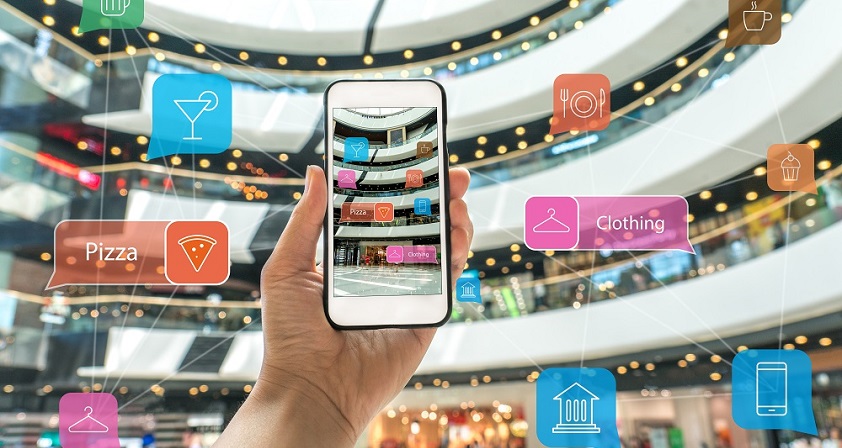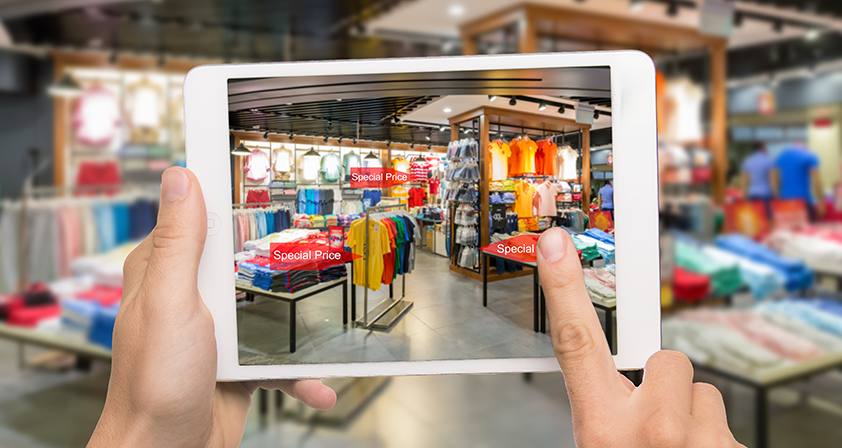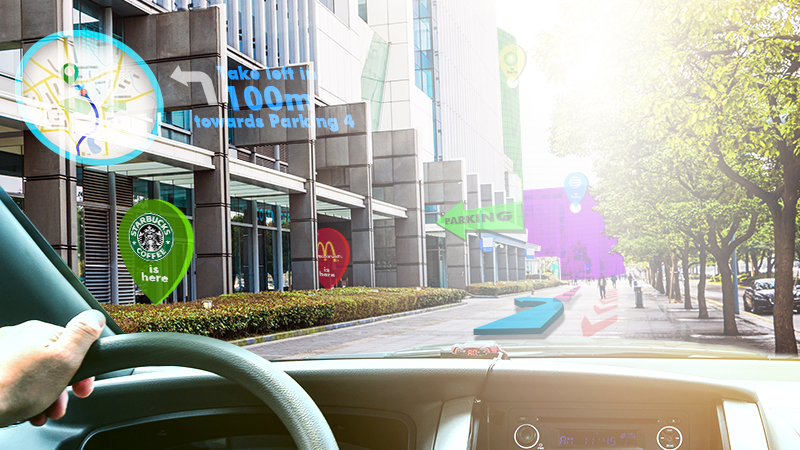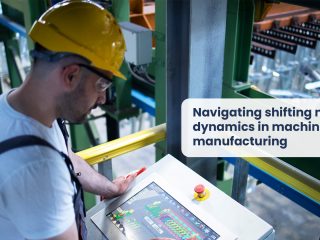It’s been said that technology isn’t inherently good or bad, it’s how we use it that determines if it’s a detriment or a boon to society. In terms of Augmented Reality – the next big thing – we are seeing lots of benefits in the ways we live our everyday lives.
Even a simple task like going to the department store to buy a new coffee pot is quicker and easier. Instead of having to ask a clerk or find a directory, you will see the path taking you directly to the item you’re looking for. That way you can get to the checkout line quicker and back home to your coffee.
Look around your home, the office, and the store and you will see lots of applications for AR. Augray is front and center of the AR experience helping companies to use all of these everyday occurrences as places to market and advertise products, services, and brands.
Let’s look at 10 areas of everyday life that Augmented Reality is making things easier, more efficient, and better.
1. Exploration.
Imagine you’re on a trip to a new city. Of course, you will want to find the best pizza, a bookstore, and the train station so you can get to your next destination. Using your AR device, scan a street sign or landmark and soon you will be on your way. No more wandering around aimlessly or asking for directions.
2. Social Media.
With selfies and videos filling up Facebook feeds, AR will only improve the way we express ourselves. We are already sharing what we’re having for dinner or video clips from a baseball game or concert. As AR advances, we will use social media sites to bring people to where we are, show what we’re doing and imagine who we are with.
In fact, Facebook Founder and CEO Mark Zuckerberg has said that AR will most likely operate through the already ubiquitous smartphones rather than using cumbersome AR headsets. “The phone is probably going to be the mainstream consumer platform [where] a lot of these AR features first become mainstream, rather than a glasses form factor that people will wear on their face,” he said during an analyst call last year.
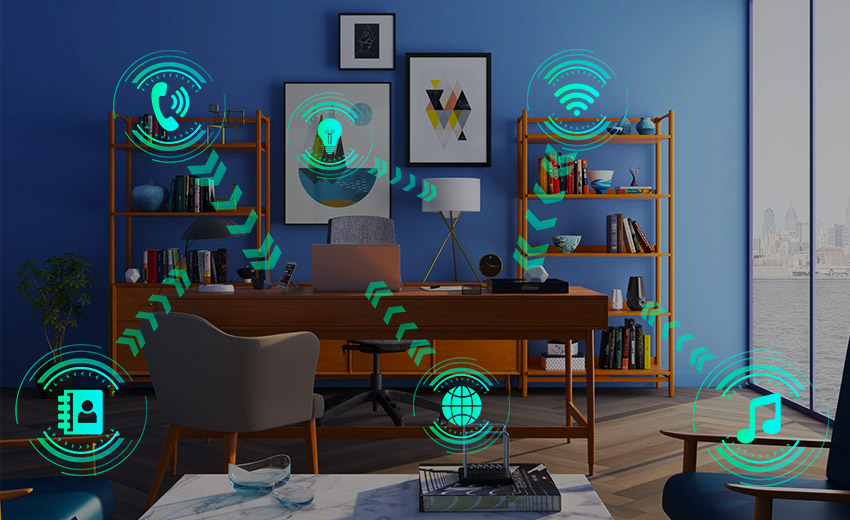
3. Learning.
History buffs who just can’t get enough information will use AR as an overlay with 3D maps that show what a city looked like at any point in history. Imagine walking down Main Street in the 1800s only to “see” horse-drawn carriages and street lamps illuminated by flames.
4. Travel.
As much as we’d all like to go to Paris or New York, sometimes our pocketbook doesn’t cooperate. Imagine an augmented trip where you can visit the Eiffel Tower or Times Square while in the privacy of your backyard.
For kids or students (who may not have the money to go on an extravagant trip), AR allows them to have a class adventure and take selfies from historic sites they may only have dreamed of seeing. Also educational, AR allows teachers to use the technology in the classroom bringing history to life rather than droning on with facts and dates.
5. Entertainment.
By now you’ve heard of the Pokémon Go gaming craze from last summer. It put Augmented Reality on the map. Well, AR continues to advance in gaming by using smartphones and tablets. In some cases, users have AR headsets, which are getting more sophisticated, lightweight and comfortable. Remember, AR gaming is a step up in that it uses visuals and audio in your real-time environment. This differs from Virtual Reality (VR) gaming, which may require a special space to create an immersive environment.
6. Nutrition.
Staying healthy is important to a lot of people as they watch what they eat and try to exercise more. Suppose you’re at the grocery store looking at your favorite cereal and wonder if it’s good for you. With AR, you can easily see ingredients and product information at your fingertips without fiddling with the box. Also, for people with food allergies (peanuts, gluten, etc.), this is an important safety tool.
7. Shopping.
AR is making a big splash in the way we interact with products before we even buy them. How about that vacuum you’re considering? You’re not sure which accessories come with the model you looked at? Are they sold separately? Swipe the product to find out what’s included, and you’ve just saved yourself time and the headache of getting home and realizing some of the parts are missing.



8. Moving.
You’ve hired movers to carry the couch up five flights only to find out the furniture won’t fit through the doorway. Oh no? AR to the rescue. Well, AR can’t solve all of your problems but by using the latest technology, you can easily visualize moving that big, old couch and estimate if it will indeed get through the door. What a time saver and practical way to buy big items like furniture and beds.
9. Real estate.
Buying a new home can be exciting and frustrating. Driving from home to home every weekend only to see that the place is not the right fit upon entering is annoying. Well, while working with your real estate agent, AR can take you to hundreds of homes quickly and efficiently, allowing you to walk through homes right away to assess if they’re the one. Imagine saving hours of travel time and viewing homes from the comfort of your agent’s air-conditioned office?
10. Tech Support.
Calling a tech helpline isn’t the most fun thing to do especially when you’re having trouble with your computer or appliance. Wouldn’t it be great if you and the customer service representative could see the same thing you’re trying to fix?
Otherwise, it gets maddening explaining every little detail over the phone.
AR brings the Help Desk into your home or wherever it is you need assistance. Did your laptop crash and you need a fix? The TV remote not working? How about a flat tire on the highway? Your rep can walk you through the fix as if he’s right there by pointing out things in a more detailed, visual way than he could in a regular phone call.
